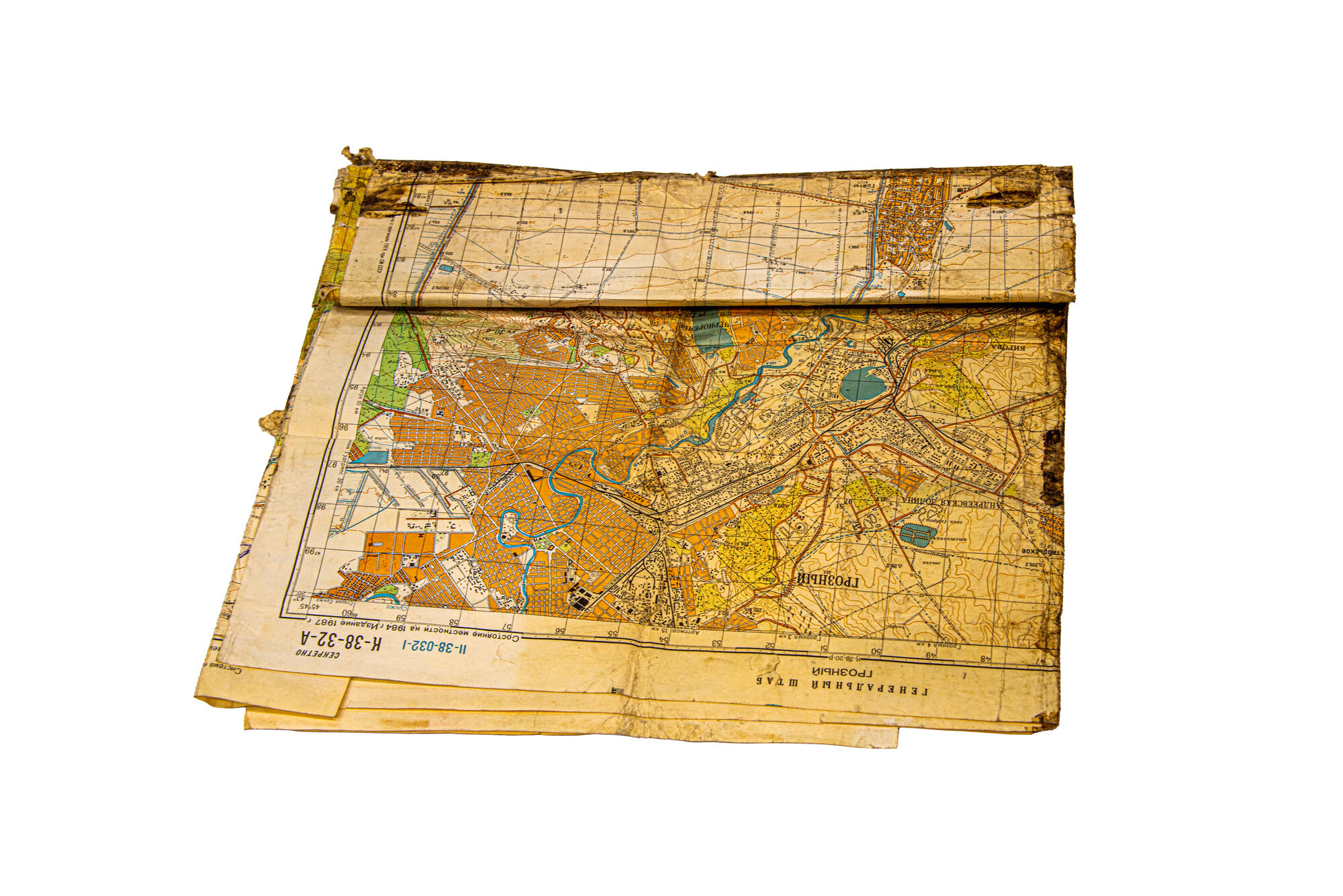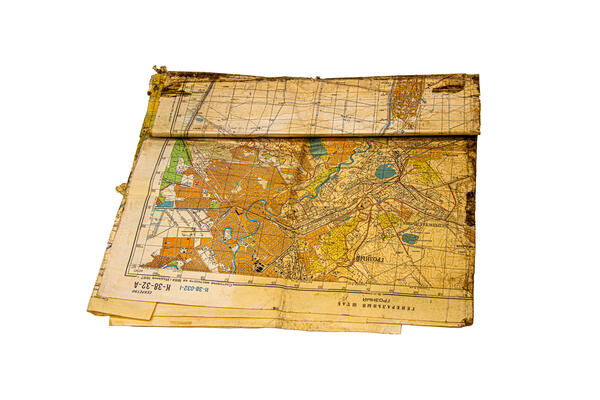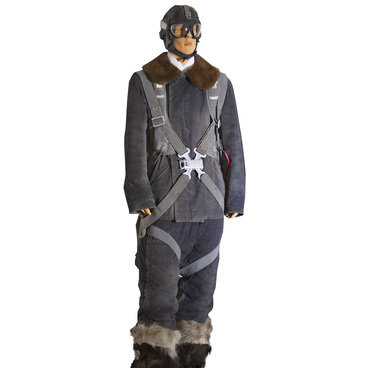In 1990, after the beginning of perestroika, members of the National Congress of the Chechen People decided to secede from the USSR and create an independent Chechen state. The Congress was headed by the former General of the Soviet Air Force Dzhokhar Dudaev. Because of the rift, public riots and terrorist attacks broke out in the country.
On December 11, 1994, Acting President of the Russian Federation Boris Yeltsin signed a decree ‘On measures to ensure law and order and public security on the territory of the Chechen Republic’. This is how the First Chechen War of 1994-1996 officially began, the number of victims of which is still not exactly known.
Among those killed in the fighting was a guard’s senior lieutenant, a native of Kolomna, Oleg Abramkin. The museum keeps his personal belongings, including a map that he carried with him in the last battle.
Abramkin was born on April 13, 1974. In 1991, he joined the Armed Forces of the Russian Federation, and in 1995, as part of the Ulyanovsk Airborne Division, he went to the Chechen Republic to suppress the conflict.
On March 30, 1996, General Vyacheslav Tikhomirov was informed that a unit of the 506th motor-rifle regiment of the Volga Military District had been encircled near the Nizhny Vedeno village. The fighters were trapped in a narrow mountain gorge under the targeted fire of the militants. Ulyanovsk paratroopers of the composite battalion of the 104th Airborne Division were sent to help the unit.
Before the military operation, the soldiers had to make a 30-kilometer dash for Vedeno from Serzhen-Yurt. There was no time to conduct reconnaissance along the entire route: the reconnaissance team was slightly ahead of the main group. The troops were ambushed in the gorge: explosions struck, and a one-and-a-half-kilometer column came under the crossfire of the militants. The hardest hit second company was commanded by Oleg AbrAmkin.
Abramkin was awarded the Order of Courage post mortem. Members of his family made a copy of the Order specifically for the museum’s exposition. Traces of blood were found on the map of the General Staff, which Abramkin carried with him. Before handing it over to the relatives of the soldier, fellow colleagues left memorable farewell inscriptions on it.
On December 11, 1994, Acting President of the Russian Federation Boris Yeltsin signed a decree ‘On measures to ensure law and order and public security on the territory of the Chechen Republic’. This is how the First Chechen War of 1994-1996 officially began, the number of victims of which is still not exactly known.
Among those killed in the fighting was a guard’s senior lieutenant, a native of Kolomna, Oleg Abramkin. The museum keeps his personal belongings, including a map that he carried with him in the last battle.
Abramkin was born on April 13, 1974. In 1991, he joined the Armed Forces of the Russian Federation, and in 1995, as part of the Ulyanovsk Airborne Division, he went to the Chechen Republic to suppress the conflict.
On March 30, 1996, General Vyacheslav Tikhomirov was informed that a unit of the 506th motor-rifle regiment of the Volga Military District had been encircled near the Nizhny Vedeno village. The fighters were trapped in a narrow mountain gorge under the targeted fire of the militants. Ulyanovsk paratroopers of the composite battalion of the 104th Airborne Division were sent to help the unit.
Before the military operation, the soldiers had to make a 30-kilometer dash for Vedeno from Serzhen-Yurt. There was no time to conduct reconnaissance along the entire route: the reconnaissance team was slightly ahead of the main group. The troops were ambushed in the gorge: explosions struck, and a one-and-a-half-kilometer column came under the crossfire of the militants. The hardest hit second company was commanded by Oleg AbrAmkin.
Abramkin was awarded the Order of Courage post mortem. Members of his family made a copy of the Order specifically for the museum’s exposition. Traces of blood were found on the map of the General Staff, which Abramkin carried with him. Before handing it over to the relatives of the soldier, fellow colleagues left memorable farewell inscriptions on it.



